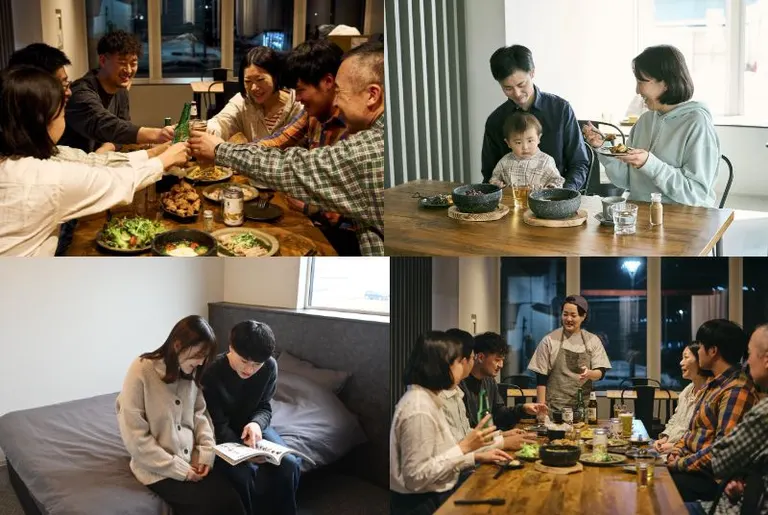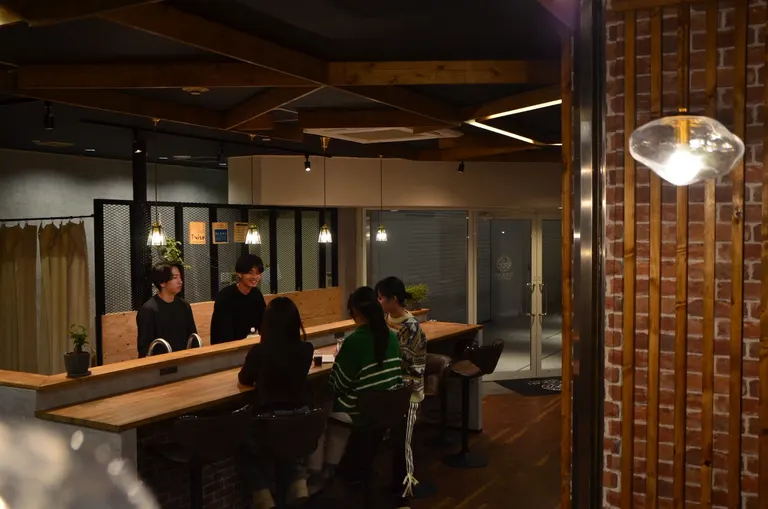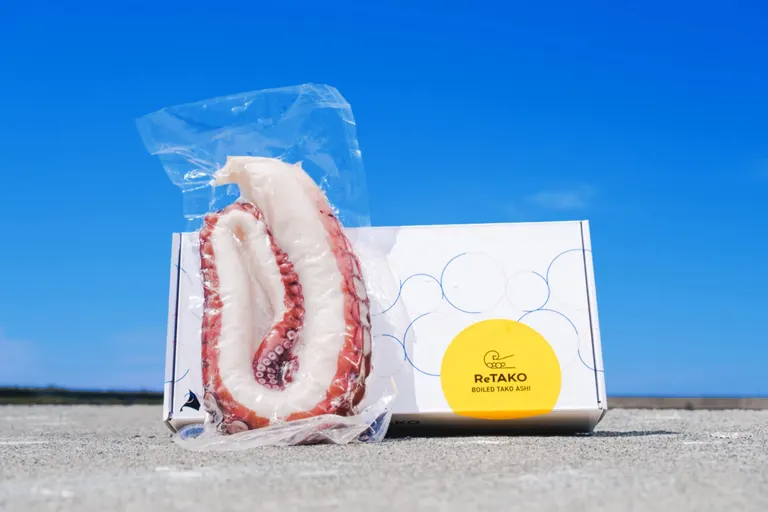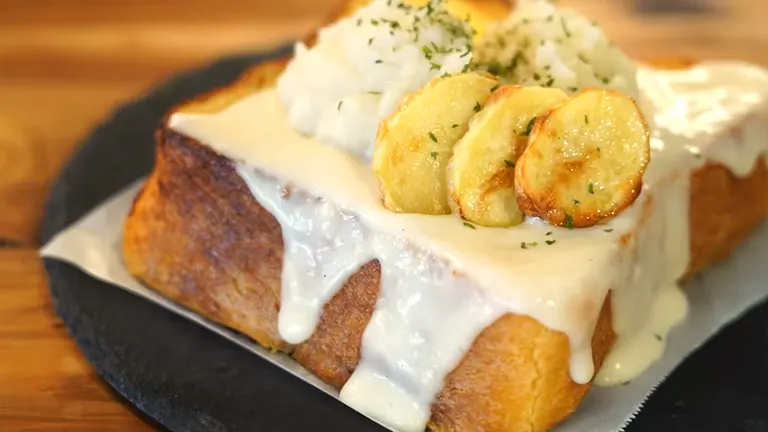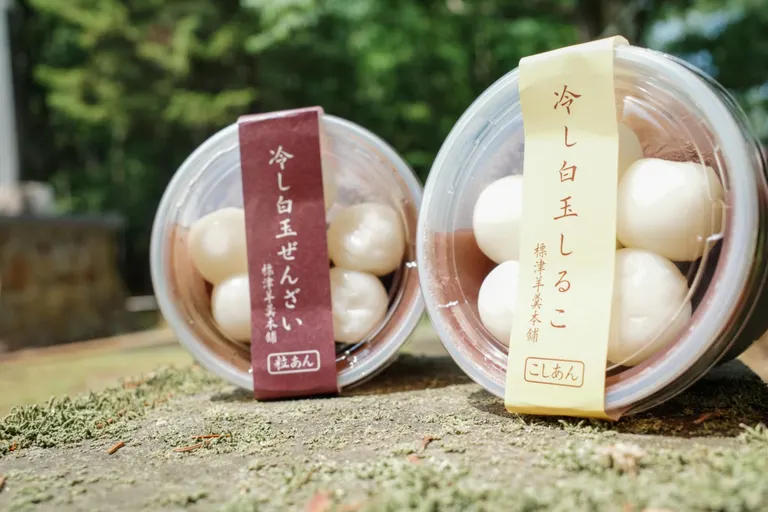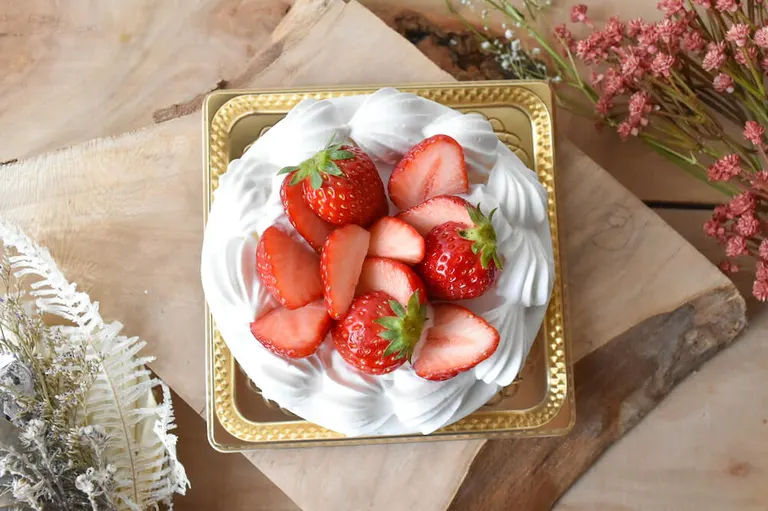
ARTICLES
Making vegan and gluten-free sweets that everyone can share in the deliciousness of, regardless of constitution, age, or beliefs
He majored in particle physics as a student and worked at an advertising agency after graduation, so it could be said that his career is a little off the beaten path for a pastry chef, and that this is what has made it possible for him to create such delicious, beautiful-looking, and healthy sweets. Shibata-san continues to work hard to make vegan and gluten-free sweets, which are still considered something special, easily available to anyone who wants them. Her recipes and fundraising methods are unique, so we can't wait to see how she develops them in the future.
table of contents
- Even if I have allergies, I don't want to give up cake.
- Broadening his horizons through a wide variety of experiences, he is working towards achieving his dream of opening his own business.
- Creating a recipe is a process of trial and error.
- Make vegan and gluten-free sweets more accessible.
- Listen carefully to understand each individual's needs.
Even if I have allergies, I don't want to give up cake.
Shibata-san was born and raised in Sapporo. His parents had a farm where they could harvest lots of herbs and vegetables, and they also did beekeeping. He grew up in an environment where it was natural to grow your own food.

"My German grandfather ran a farm and made his own ham and sausages. It was a family environment that truly embodied the 'farm to table' philosophy."
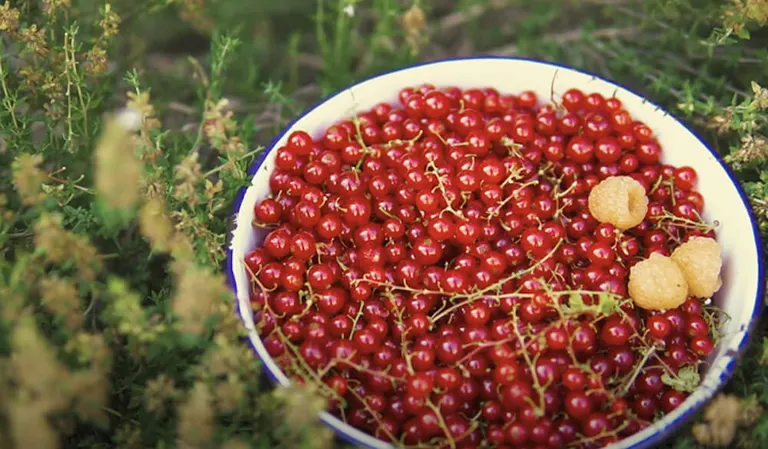
Although Shibata had been living a safe and secure diet, mainly made from food grown in the fields and gardens, she suffered from severe atopic dermatitis and allergies since she was a child. She says she struggled with school lunches due to dietary restrictions. Of course, even after she entered university and started working, it was difficult to choose a restaurant to go out to eat with friends. "Even if I went into a shop thinking I'd just have a cup of tea, I couldn't get any sweets. I've always felt like life was difficult." During her student days, she worked part-time at a cake shop and developed a wheat allergy. However, she was determined not to give up eating her favorite cake. Since high school, she has made sweets by cutting out eggs and using soy milk instead of cow's milk, but at the time there were no vegan or gluten-free sweets recipes, so she was completely self-taught. After entering Tokyo University of Science and majoring in particle physics, she started making recipes by using scientific knowledge to replace allergens with substitutes, such as "this bonded animal food seems like it could be substituted with a plant-based ingredient," and "the gluten in wheat works like this, so why not replace it with another ingredient?", through trial and error.

Broadening his horizons through a wide variety of experiences, he is working towards achieving his dream of opening his own business.
After graduating from university, he stayed in Tokyo and got a job at an IT-related advertising agency because he thought it would be interesting to work with clients from a variety of industries and get to know a wide range of industries. "Even back then, I had always wanted to run a cafe or a confectionery shop, but I didn't have any concrete plans. I still harbored the secret of wanting to return to Hokkaido, which is rich in nature, and open a shop someday." After working there for a few years, I returned to Sapporo and had a variety of experiences, including working in PR and administration at a web design company while also going overseas for promotions. After that, I worked in advertising marketing as a freelancer. From this time on, I gradually started preparing to become a confectioner, and also worked part-time at a restaurant while studying. In 2017, he founded TREASURE IN STOMACH Co., Ltd. With the vision of "One table for everyone!", he decided to aim to realize a wonderful dining table where everyone can enjoy themselves together, regardless of religion, beliefs, or health condition.
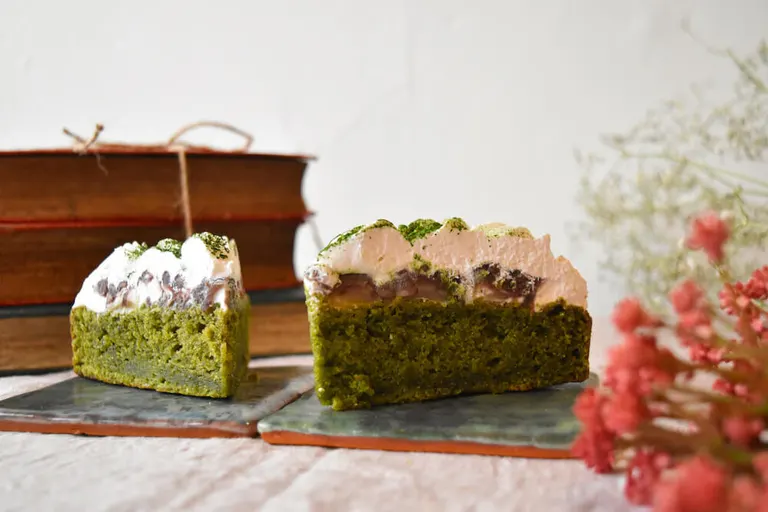
"Japanese Gateau" with deliciously chewy homemade gyuhi
"After we founded the company, we spent two years preparing to open the store. Since I didn't have many acquaintances in Hokkaido, I also worked to build up my network by writing IT and web marketing proposals for the government, working with advertising agencies on bidding, and running the business together." Then, in the second year, when things were starting to get on track, she finally announced, "I'm quitting my job to start a sweets shop."She finally opened her long-awaited vegan and gluten-free sweets specialty shop, "Arisa's Hokkaido Sweets Shop Chat."

His business associates seemed surprised by the sudden news, but he said, "Thanks to the relationships I've built over the past two years, they've all become chat customers. When we first opened, so many media came to interview us, and I was very grateful."
Creating a recipe is a process of trial and error.
Currently, the shop is open five days a week, and vegan and gluten-free baking classes are also held at the same time. In addition to that, I was also doing marketing, recipe development, product development, etc. by myself, so the first four years were quite hectic, but now I am running the shop with the help of several staff members.
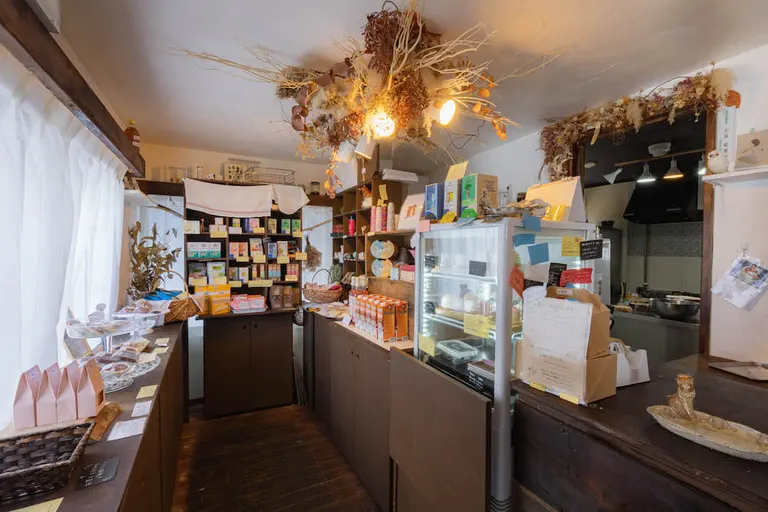
When Shibata first explained the recipe to the pastry chef who is in charge of making the sweets, his reaction was, "It's surprisingly easy." Many students in the confectionery classes follow Shibata's recipes and overturn the image that vegan and gluten-free sweets are difficult. "In the baking classes, we create recipes that will turn out beautifully even if there is an error of 3 to 5 grams. They are fun and easy to make, but they also look beautiful and taste good, like something a professional would make. This makes it exciting and fun, and it also makes making vegan and gluten-free sweets less intimidating." The reason why it turns out well even with some errors is because of the carefully crafted recipe. While calculating on a computer, they create about five different recipes with different ratios of water and fat, make prototypes, and the best one advances in a tournament format, and the one that remains at the end is brushed up... It's like an experiment.

"For example, there is a pink vegetable called beetroot, but when it is baked, its color fades. Why does it fade? Is it because it doesn't have enough pigment? So where is the pigment in it? I research beets and sometimes even read research papers. So I become very knowledgeable about each and every ingredient. In the case of beets, the skin contains a lot of pigment, so I learned that by adding a lot of skin so that the pigment remains even when baked, the beautiful pink color is maintained even when baked." Of course, I also have a good knowledge of the wheat, eggs, and dairy products commonly used in sweets, because it is difficult to replace them with plant-based ingredients if you do not understand their characteristics.
Make vegan and gluten-free sweets more accessible.
Shibata's driving force is his desire to make vegan and gluten-free sweets borderless from regular sweets. In Japan, vegan and gluten-free products are still sold at high prices, and there is a strong impression that they are only for a wealthy few, and Shibata wants to change that.
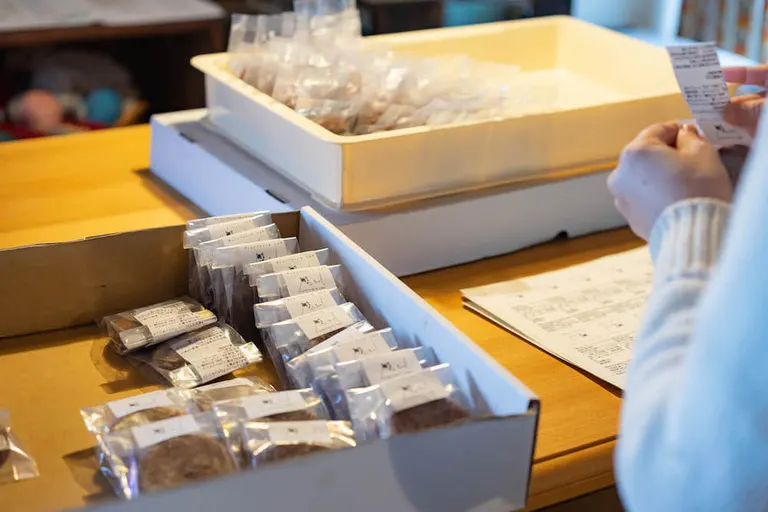
"Human life spans will likely continue to increase in the future. As a result, I think we will live in a world where it is not uncommon for someone to be able to eat anything now, but suddenly develop an allergy 10 years from now, or to be forced to restrict their diet due to high blood pressure or diabetes. Given that, I don't think it's right to position vegan and gluten-free as something only a select few can enjoy. I want to create an environment where products are sold everywhere and are a natural option for people with certain food allergies." In order to put this strong desire into practice, in February 2022, the company raised funds from venture capital (VC), which is rare for a confectionery shop. VC is an investment company that invests in companies that are expected to grow rapidly, such as ventures and startups. Vegan and gluten-free sweets require expensive raw materials, so the key to reducing costs is to increase production bases and produce large quantities efficiently at once. If that can be achieved, more people will be able to buy the products.
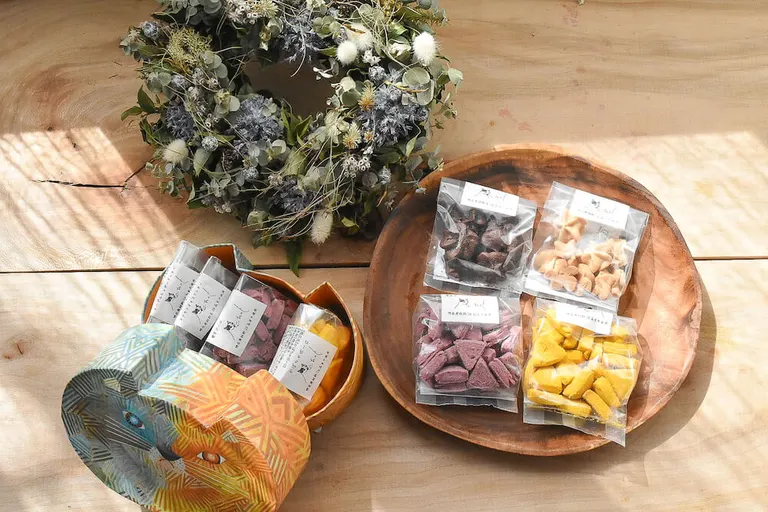
4 types of allergy-free cookies that do not contain 28 ingredients
Shibata not only revises recipes to enable mass production without compromising quality, but also devotes himself to coming up with new ways to improve manufacturing efficiency. "Japanese recipe books have a lot of steps, but surprisingly you can get the same results even if you skip about half of the steps. For example, when making a tart, it says not to touch the dough too much because the butter will melt from body heat, but if you put your hands in ice water to cool them down, it's okay to touch it. Small ingenuity, ideas, and perspectives like these can increase efficiency and make tedious tasks easier." Shibata's challenge continues as he clearly defines what he wants to achieve and steadily works to solve the problems necessary to achieve it.
Listen carefully to understand each individual's needs.
Shibata says that when she sees a child with allergies choosing a sweet with a bright smile, asking, "Can I eat all the sweets here?", she feels happy while serving customers.
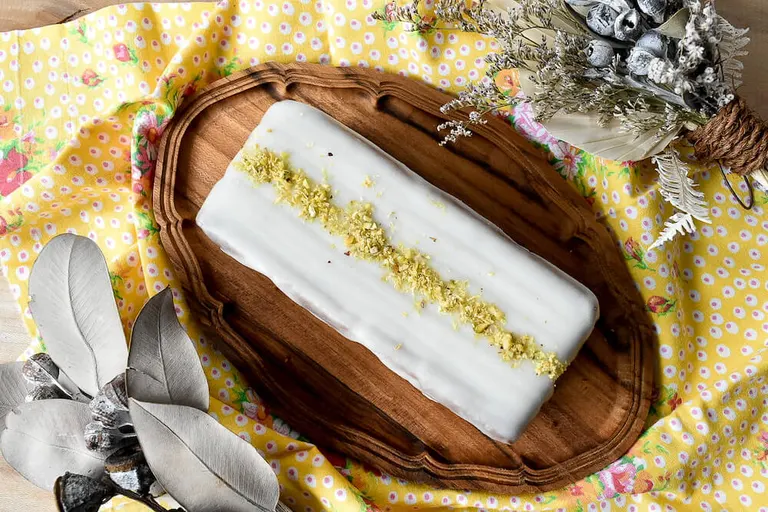
"Weekend Citron" is vegan, gluten-free and incredibly delicious
"It makes me really sad when I go to a restaurant and they say, 'If you can't eat wheat and egg whites, we can't accommodate you.' There are various levels of wheat allergies, and some people can handle egg whites as long as they're cooked. It's tough when there's no detailed listening or compromise. But it's difficult to deal with allergies perfectly, so I understand the risk to the restaurant if an accident does occur. That's why I've decided to stay open from the start and just listen to what people have to say." Shibata-san tries to meet their needs as much as possible by listening to their needs and offering alternatives such as "I can't put cream on it, but I can make pound cake." In addition to the joy of being able to eat the cake, the sense of security that comes from knowing someone will be there for you is something that cannot be replaced by anything else. "As we expand our business, another thing I want to convey is that there are so many delicious things from Hokkaido that are not yet well known. At chat, we use many ingredients from Hokkaido, including the low-allergen Hokkaido rice "Yukihikari." Hokkaido is famous for its dairy products and wheat, but I would like to spread the word that there are many other delicious things from Hokkaido, such as rice, beans, and seasonal fruits."
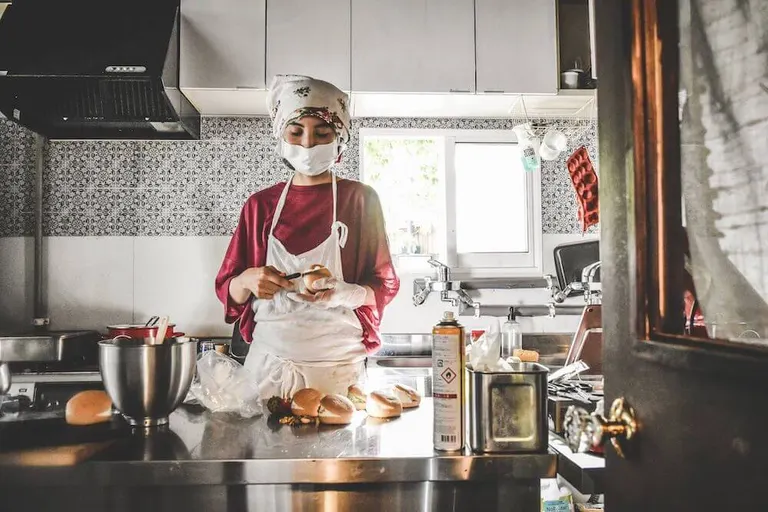
Regardless of constitution, age, or beliefs, everyone can enjoy delicious sweets and have a happy time. Just imagining it makes my heart leap with excitement, and I look forward to seeing the realization of this peaceful world.
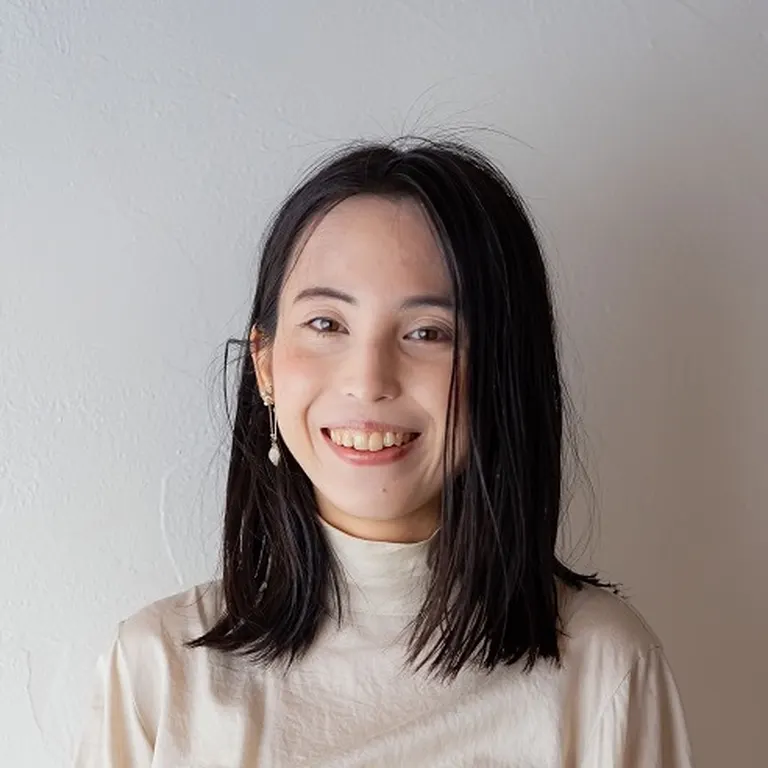 Arisa Shibata
Arisa Shibata
He majored in physics at Tokyo University of Science. After graduating, he joined a major IT advertising agency in Tokyo, proposing advertising plans to corporations. After returning to Hokkaido, he joined a web design company, then worked as a freelancer, and founded TREASURE IN STOMACH Co., Ltd., a company that loves peaceful food and life, and became its representative director. His vision is "One table for everyone!" It is filled with the wish that there would be a wonderful dining table where everyone can gather around the table, laughing and saying how delicious the food is, regardless of their religion, beliefs, or health condition.
▼If you want to know more about Arisa Shibata, click here! Domingo local player page /Instagram / Twitter / note ▼If you want to know more about Arisa's Hokkaido Sweets Shop Chat, click here! Domingo Spot Page / "Arisa's Hokkaido Sweets Shop Chat" Official Website
Writer Profile
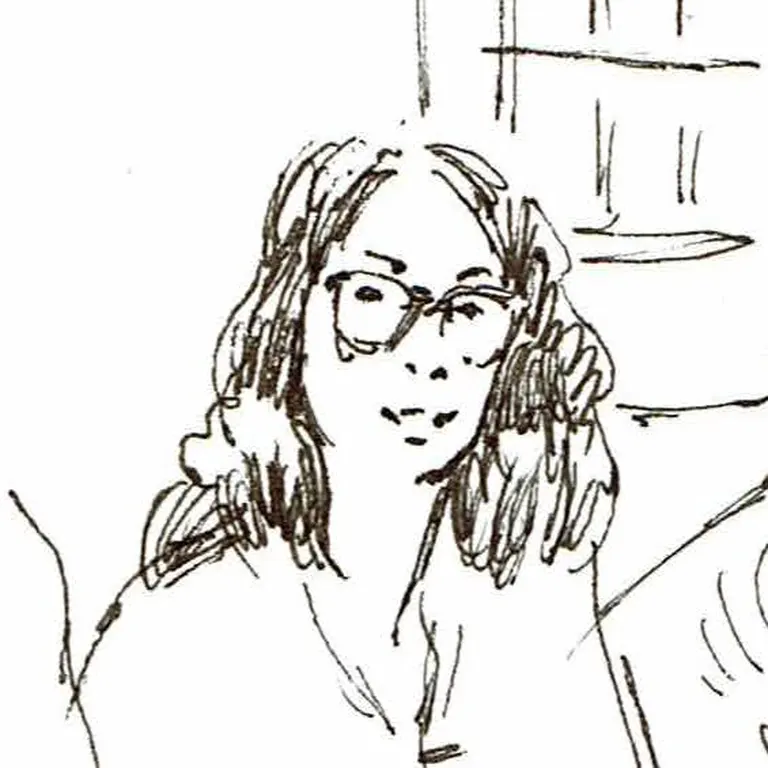 Satoko Nakano
Satoko Nakano
I was born and raised in Tottori Prefecture, the least populous prefecture in Japan. After graduating from high school, I moved to Tokyo and lived there for about 20 years, then moved to Kimobetsu Town with my family in August 2017. I enjoy the clear air and heavy snowfall at the foot of Mt. Yotei, and experience the warmth of the people every day.






